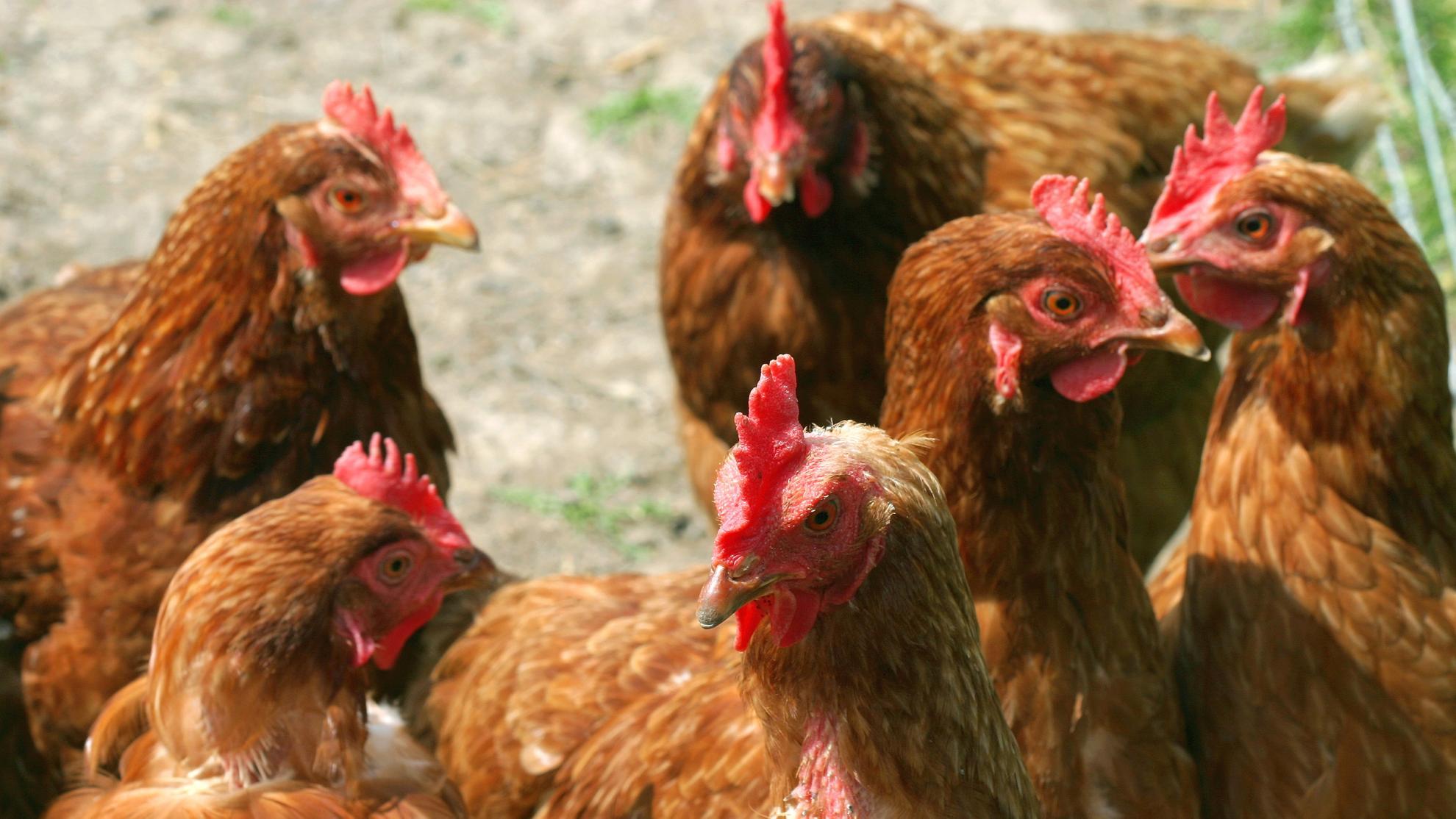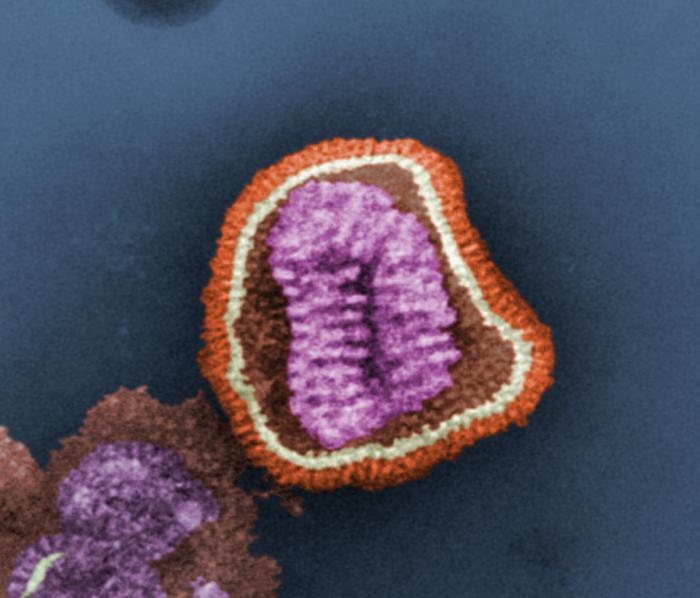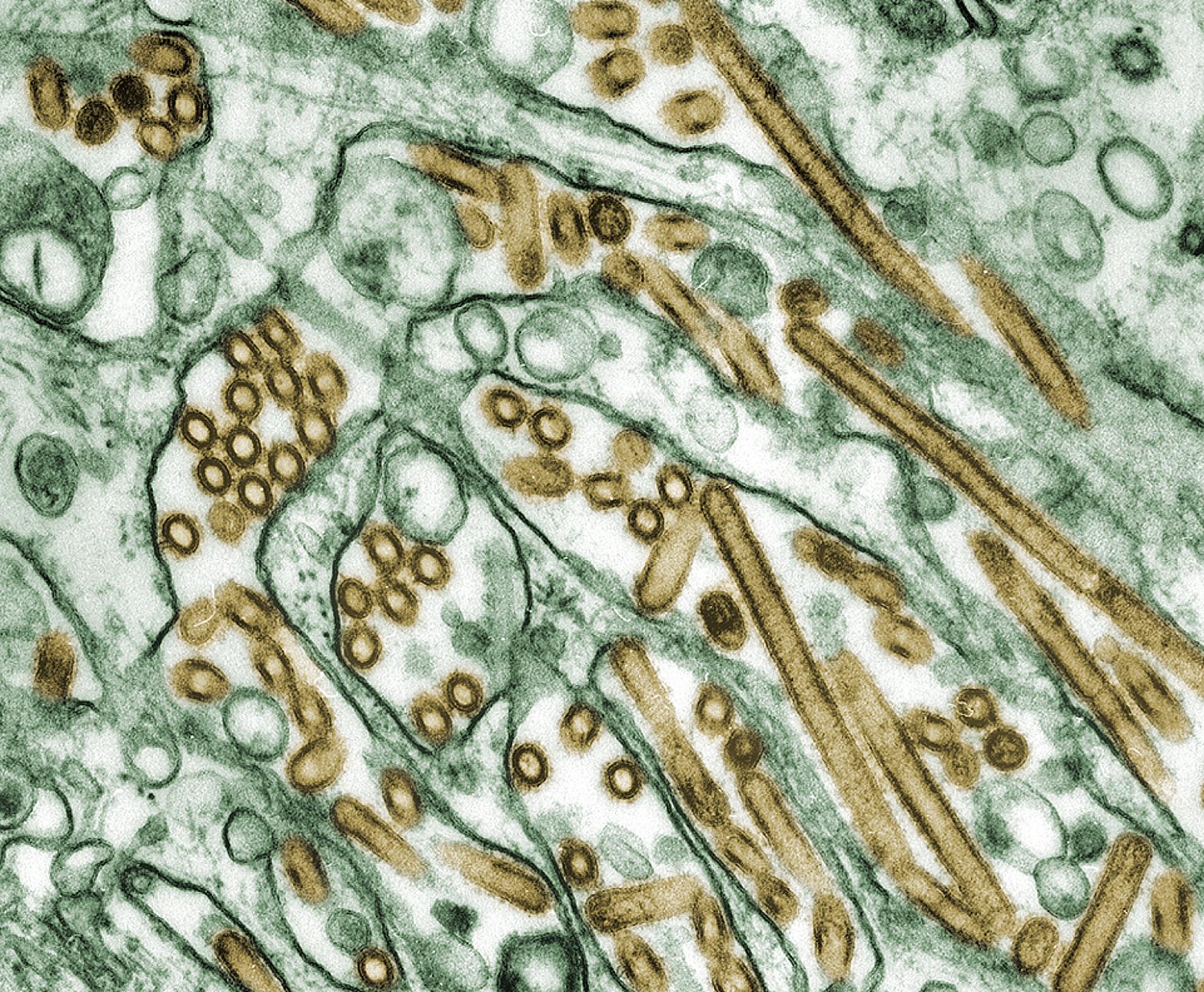Amino acid residue 217 in the hemagglutinin 1 glycoprotein is a key mediator of avian influenza H7N9 virus antigenicity
Avian influenza viruses continue to evolve and acquire mutations that facilitate antigenic drift and virulence change. In 2017, low pathogenicity H7N9 avian influenza viruses evolved to a high pathogenicity phenotype in China. The comparative antigenic analysis between the low and high pathogenicity virus strains showed marked variability. In order to identify residues that may be linked to the antigenic change amongst the H7N9 viruses, we serially passaged the viruses in the presence of homologous ferret antisera. Progeny viruses able to overcome the neutralising capacity of the antisera were sequenced. The analysis showed that the emergent immune escaped viruses contained mutations A125T, A151T and L217Q in the hemagglutinin (HA) glycoprotein as early as passage 5 and these mutations persisted until passage 10. The results revealed that a single mutation L217Q in the HA of H7N9 virus led to 23- and 8-fold reductions in hemagglutination inhibition (HI) titre with ferret and chicken antisera, respectively. Further analysis showed that this change also contributed to antigenic differences between the low and high pathogenicity H7N9 viruses, therein, playing a major role in their antigenic diversification. Therefore, evolutionary changes at amino acid position 217 in the H7N9 viruses can serve as a genetic marker for virus antigenic diversity during vaccine seed matching and selection. The in vitro immune escape mutant selection method used in this study could also aid in the prediction of emerging antigenic variants in the naturally infected or immunised animals
IMPORTANCE Avian influenza H7N9 viruses circulating in poultry and wild birds continue to evolve and acquire important phenotypic changes. Mutations to the virus hemagglutinin (HA) glycoprotein can modulate virus antigenicity and facilitate virus escape from natural or vaccine-induced immunity. The focus of this study was to identify evolutionary markers in the HA of H7N9 that drive escape from antibody-based immunity. To achieve this, we propagated low pathogenicity H7N9 virus in the presence of polyclonal antisera derived from ferrets infected with the same strain of virus (homologous antisera). This selection process was repeated 10 times. The HA gene sequence of viruses recovered after the 5(th) passage showed that the viruses readily acquired mutation at three different amino acid positions (A125T, A151T and L217Q). Further functional analysis of these mutations confirmed that mutation at residue HA 217 was responsible for mediating changes to the immunological properties of the H7N9 virus.


